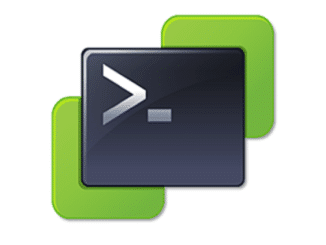Strict security policies are in place in many corporate environments. This means that it is only possible to access internet resources to a limited extent, if at all. This becomes apparent, for example, when trying to install PowerCLI on a management system. While the availability of PowerCLI modules in the PowerShell Gallery provides an easy way to install or update PowerCLI, this is only possible if access to this external resource is allowed by Powershell. Using the Powershell Gallery requires the NuGet Packet Management Provider. This must also be obtained online.
Install-Module -Name VMware.PowerCLI -Scope CurrentUser
If the Internet connection is restricted or blocked, the above command fails. But you can also transfer the modules offline. For this you need a PC with free internet access. Here you use a different command, which does not install the modules, but only downloads them to a defined path.
Save-Module -Name VMware.PowerCLI -Path C:\temp\PSModules
Copy the entire contents of the PSModules folder to a storage medium of your choice (e.g. USB flash drive) and transfer the files to the desired offline system where PowerCLI is needed.
If you have admin rights on the target system, you can copy files to the loaction below.
C:\Program Files\WindowsPowerShell\Modules
Now the PowerCLI modules are also available on the offline system. For a version update the procedure must be repeated. It is advisable to remove the VMware modules before transferring the current ones.
Get-Module VMware.* -ListAvailable | Uninstall-Module -Force
Further customization
Customer Experience Improvement Program (CEIP)
The VMware Customer Experience Improvement Program collects data about the use of VMware products. You can either agree (true) or disagree (false). For offline systems, only the rejection (false) makes sense. The command shown below suppresses future notifications within PowerCLI.
Set-PowerCLIConfiguration -Scope AllUsers -ParticipateInCeip $false -confirm:$false
Ignore invalid SSL certificates
Bei Verwendung selbstsignierter Zertifikate im vCenter verweigert PowerCLI die Verbindung. Dieses Verhalten kann unterdrückt werden mit dem Befehl:
When using self-signed certificates in vCenter, PowerCLI will deny the connection. This behavior can be suppressed with the command:
Set-PowerCLIConfiguration -Scope AllUsers -InvalidCertificateAction Ignore -confirm:$false


